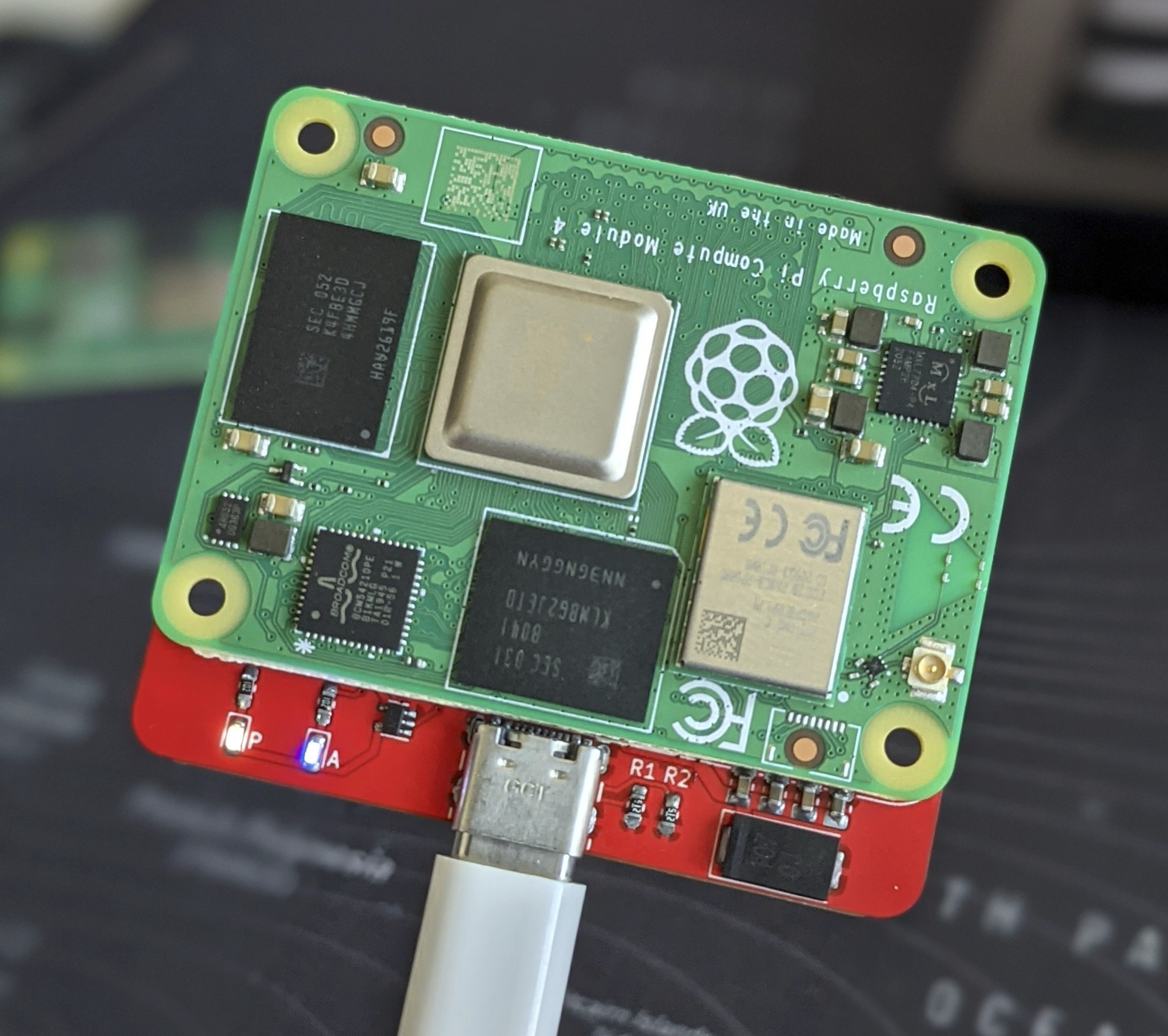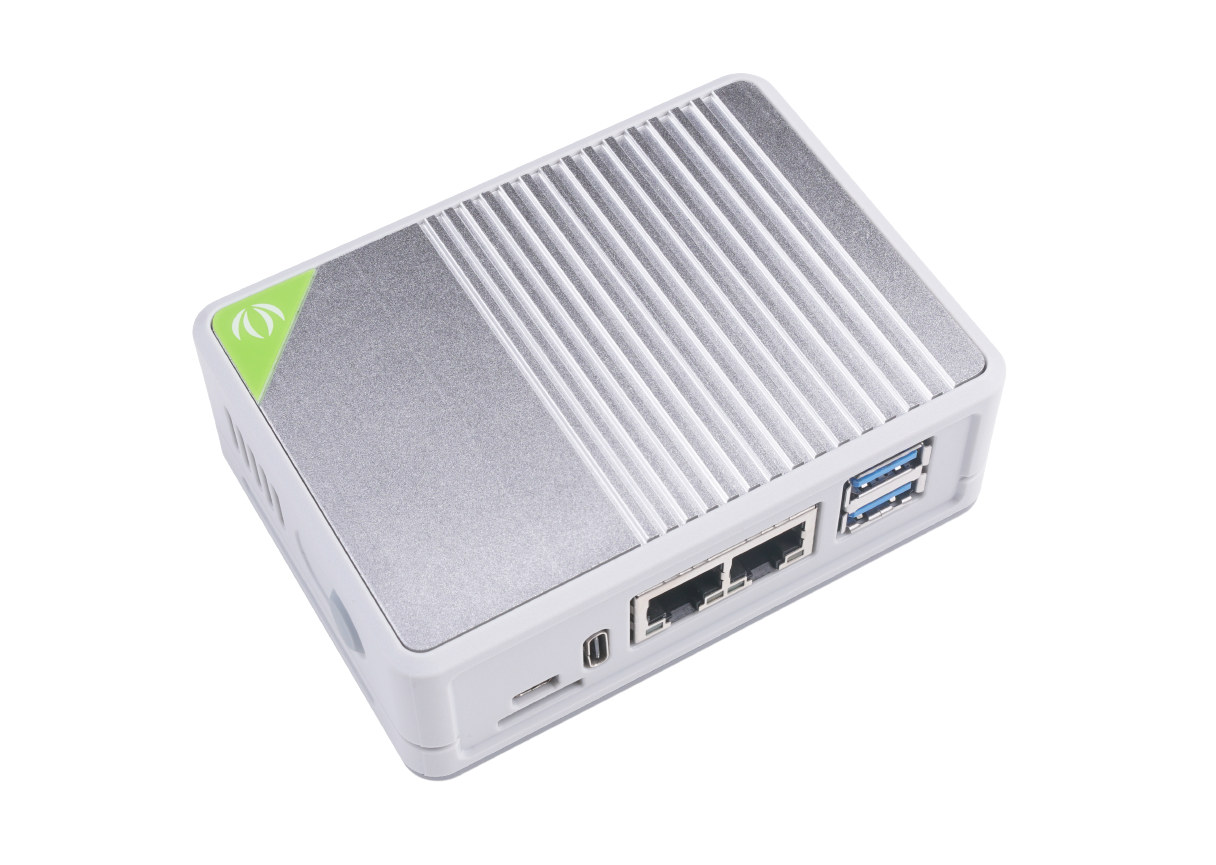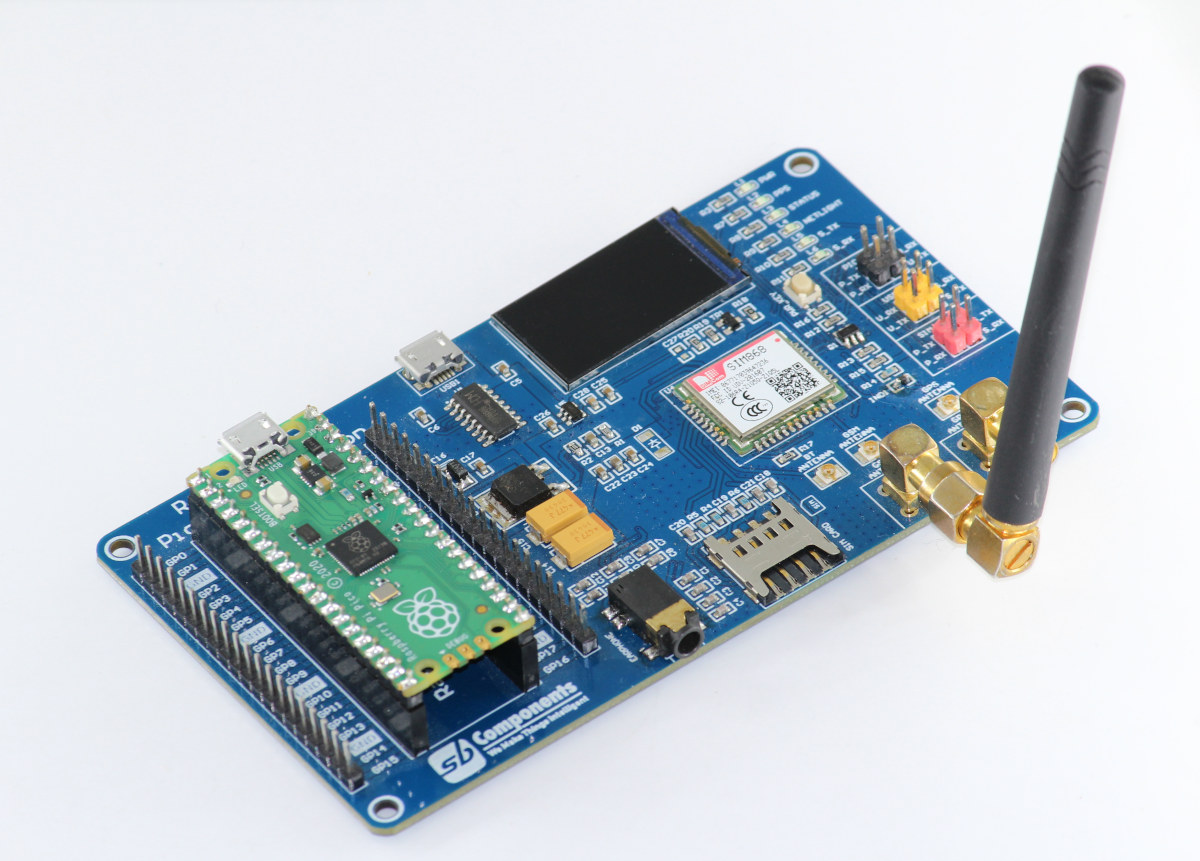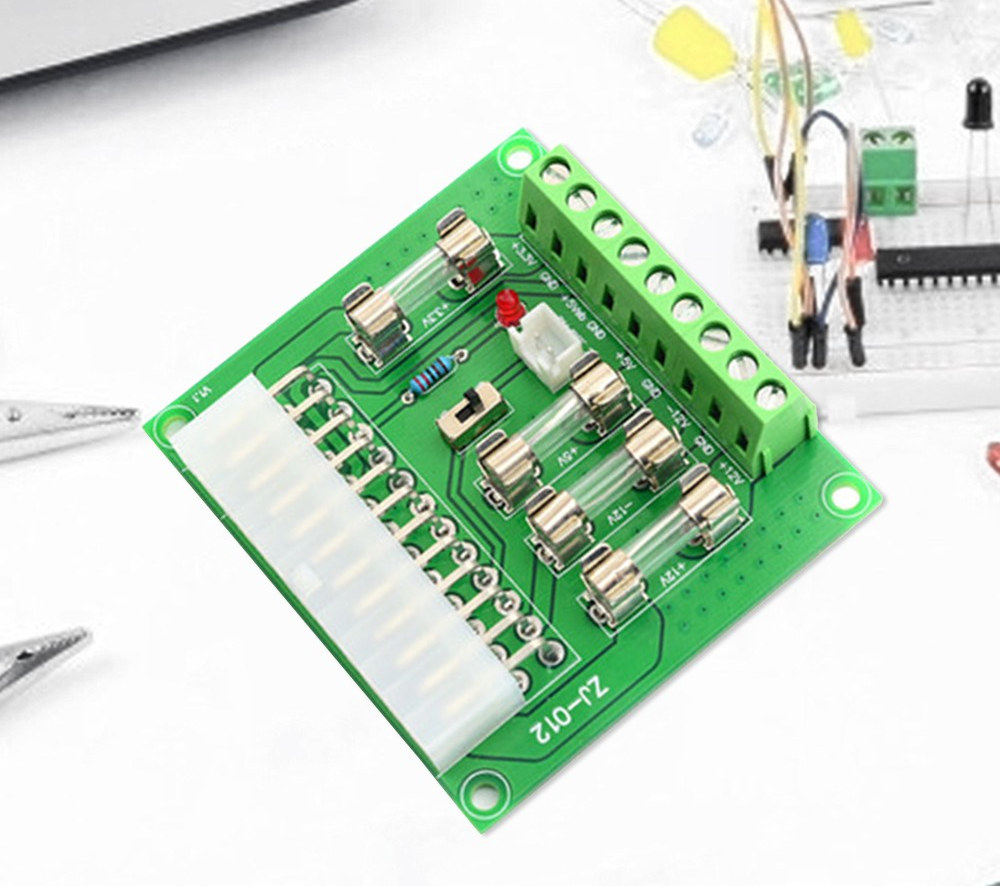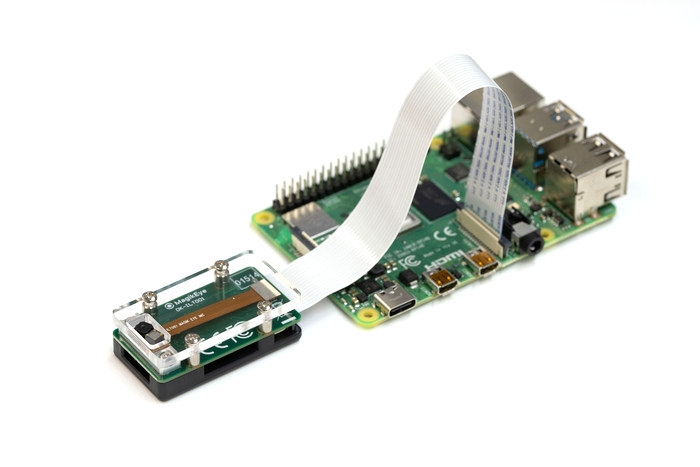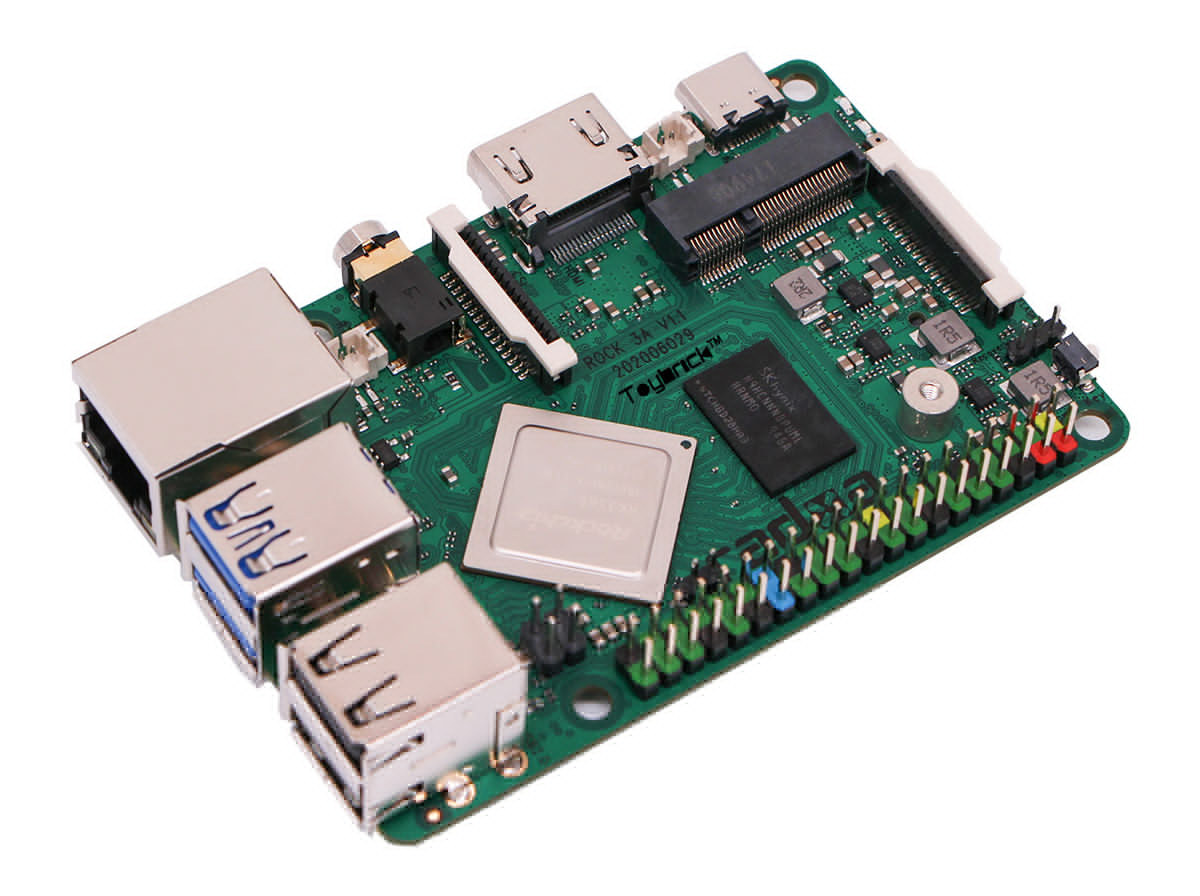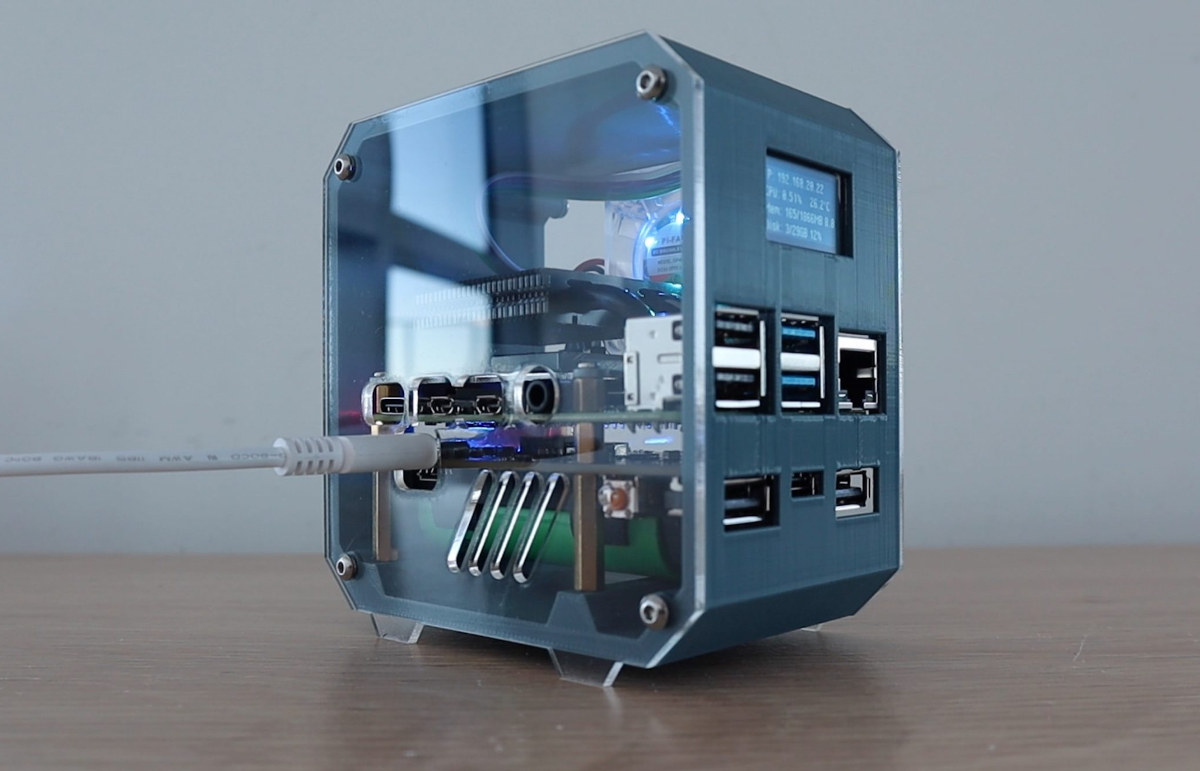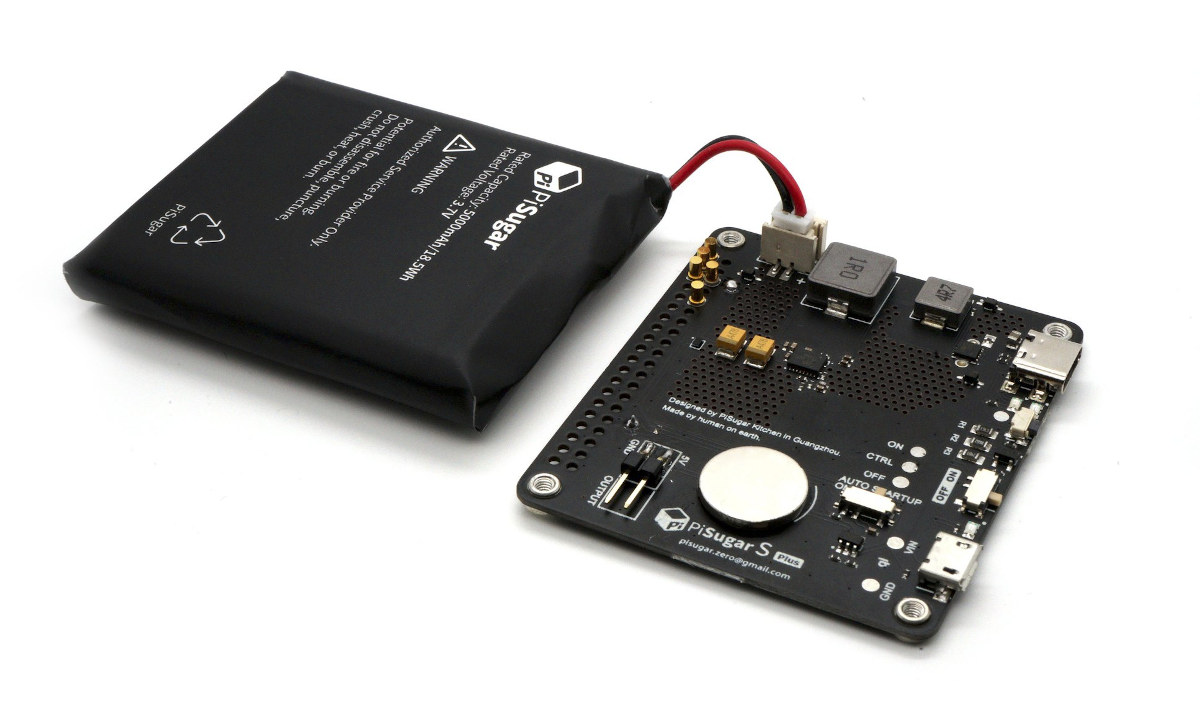Carrier boards for Raspberry Pi CM4 modules are all over the place for routers, NAS, industrial gateways, and more. Here’s another one with the Minimal Carrier Board for Raspberry Pi Compute Module 4, or MinCab, that powers the RPi CM4 module via a USB Type-C port. That’s about all it does, although you would also be able to access some GPIOs, 5V, 3.3V, and GND signals via pads on the carrier board. Specifically, eight GPIOs are accessible with IO14, IO15, IO2, IO3, IO4, IO12, IO13, and IO18. Ivan Kuleshov explains this can be useful for Smart Home systems for instance, but it could be anything that requires WiFI and/or Bluetooth connectivity, a powerful Linux capable processor (as opposed to something like ESP32), and a few I/Os. The MinCab might be a good alternative to the upcoming (and delayed) Raspberry Pi 4 Model A for people wanting to use Broadcom BCM2711 […]
Raspberry Pi Compute Module 4 mini router keeps cool with aluminum alloy cover
There are many hardware platforms based on Raspberry Pi CM4 system-on-module, but in most instances, only the baseboard is provided, and you have to handle mounting and/or make an enclosure by yourself. One of those boards was Seeed Studio’s “Dual Gigabit Ethernet Carrier Board for Raspberry Pi Compute Module 4”, which as the name implies, offers two Gigabit Ethernet ports, as well as two USB 3.0 ports, and a micro HDMI port for video output. I say “was” because the company has now designed a PC/ABS case with an aluminum alloy cover acting as a heatsink to keep the RPi CM4 module cool. Raspberry Pi Compute Module 4 mini router’s specifications: SoM – Raspberry Pi CM4 with up to 8GB RAM, 32GB eMMC flash, dual-band WiFi 5 and Bluetooth 5.0 module; replaceable by any Raspberry Pi Compute Module 4 Storage – MicroSD card slot (only accessible with RPi CM4Lite module) […]
Pico 2G Expansion adds GSM/GPRS & GNSS to Raspberry Pi Pico (Crowdfunding)
You may have heard about the 2G/3G sunset with the older cellular networks being phased out in many countries. But it’s not always straightforward, as telecom operators may have to obtain regulators’ permission for the shutdown notably because of the eCall emergency services integrated into cars in Europe. Eventually, eCall will be migrated toward IMS Voice and 2G M2M services to 4G LTE IoT and 5G LPWA, but in the meantime, 2G networks are still operating in parts of the world, and UK-based SB Components has just introduced the Pico 2G Expansion board for Raspberry Pi Pico based on the SIM868 module. Raspberry Pi Pico 2G Expansion specifications: Compatible with Raspberry Pi Pico board Display – 1.14-inch LCD Cellular & GNSS Connectivity SIM868 module with GPRS multi-slot class 12/10, mobile station class B GSM 850/900/1800/1900 MHz GNSS – GPS/GLONASS/BDS Bluetooth 3.0 with audio support SIM card holder 2x SMA antenna […]
$5 board eases ATX power supply connection to single board computers
Many people have ATX power supplies from older desktop PCs that they may want to reuse with Arduino boards, Raspberry Pi, or other single board computers. It’s indeed possible to do so by trimming some cables and making a circuit to protect the board from over-voltage or over-current. But ZJ-012 adapter board offers a simpler solution with a 24-pin header for the ATX power supply, terminal blocks for connection to the target board, some fuses for protection, and a header to connect an on/off button. JZ-012 (also known as JZ-024) ATX power adapter board’s key features and specifications: Power Input – 20-pin or 24-pin computer ATX power supply Power output – 9-pin terminal block with +3.3V, +5V, -12V, +12V, +5V, GND with fuses for each power outputs On/Off control – Toggle switch or header for external button/switch (shorted for power on) Misc – Power indicator (red LED) Dimensions – 70 […]
MagikEye Developer Kit enables 120 fps 3D sensing on Raspberry Pi
MagikEye ILT001 developer kit (DK-ILT001) is a low-latency 3D sensing kit that connects to the Raspberry Pi’s MIPI CSI camera connector and features the company’s Invertible Light Technology (ILT) module with an infrared laser and a CMOS image sensor. The company says a “unique algorithm” developed in-house can generate 3D point cloud datasets acquired at high speeds (up to 120 fps) and with very low latency using simple hardware configuration. The kit targets researchers, students, and hobbyists working on machine vision, robotics, automated carriers, and other projects that can benefit from low-latency 3D sensing. MagikEye DK-ILT001 kit key features and specifications 850nm infrared light laser CMOS image sensor Range up to 1.5 meters (15 to 80 cm recommended) Compatibility – Raspberry Pi Zero W/3B/3B+/4 Power Supply – 3.3V (via MIPI Interface on Raspberry Pi) Power Consumption – 0.6W (average) Dimensions – 44 x 24 x 16 mm (within enclosure) Weight […]
ROCK 3A SBC brings M.2 slots for NVMe SSD, WiFi 6 to Raspberry Pi form factor
Radxa ROCK 3A is a single board computer powered by Rockchip RK3568 quad-core Cortex-A55 processor that closely follows Raspberry Pi 3 Model B form factor like the early Rock Pi 4 SBC, but with a twist. By switching from a Rockchip RK3399 to a Rockchip RK3568, the board loses some CPU and GPU performance, but gains extra I/Os with enabled the company to add an additional M.2 slot with PCIe to ROCK 3A board, meaning it’s now possible to attach one NVMe SSD and another M.2 module like a WiFi 6 M.2 card. ROCK 3A preliminary specifications: SoC – Rockchip RK3568 quad-core Cortex A55 processor at up to 2GHz, with Mali G52 GPU, 0.8TOPS NPU System Memory – 2GB, 4GB, 8GB LPDDR4 3200MT/s, up to 1560MHz Storage Pluggable eMMC module MicroSD card slot M.2 M key socket for NVMe with PCIe 3.0 x2 lanes 4MB SPI flash with support for […]
DIY Raspberry Pi 4 mini server includes UPS and OLED information display
While the Raspberry Pi 4 SBC has greater multimedia capabilities, it can also be used for headless projects like mini servers or networked access storage (NAS). Michael Klements’ DIY Raspberry Pi 4 mini server is especially interesting as it’s cute, and includes a UPS to handle power failures, plus an OLED display to show information. Here’s the final result. Ideally, you’d need a laser cutter and a 3D printer like the Ender 3 Pro to make the case, but most of the parts are off-the-shelf components including: A Raspberry Pi 4 SBC together with a 32GB MicroSD card for the operating system 52Pi/GeeekPi UPS Plus module (about $25) plus one or two 18650 Lithium-Ion Cells A Low Profile Ice Tower for cooling, but you could probably switch to your own (passive) cooling solution and make the device slightly more compact A 128×64 I2C OLED Display A 5V/3A Power Supply Accessories […]
PiSugar S and PiSugar S Pro – Lower cost batteries for Raspberry Pi
PiSugar battery for the Raspberry Pi Zero was introduced around two years ago, followed the next year with a 5,000mAh PiSugar 2 battery for Raspberry Pi 3/4 which is currently sold for $49.99. But the company has now designed lower-cost versions of the batteries with PiSugar S for Raspberry Pi Zero board, and PiSugar S Pro for Raspberry Pi 3/4 single board computers. PiSugar S Pro – Battery for Raspberry Pi 3/4 PiSugar S Pro offers a 5,000 mAh battery capacity with up to 3A output current for a typical battery life of 8 to 10 hours. A micro USB port and a USB Type-C port can be used for charging. The board also adds a GPIO button to turn on and off the Raspberry Pi board cleanly, or alternatively can be used as a custom button when the board is running. The battery module also supports the UPS function […]


